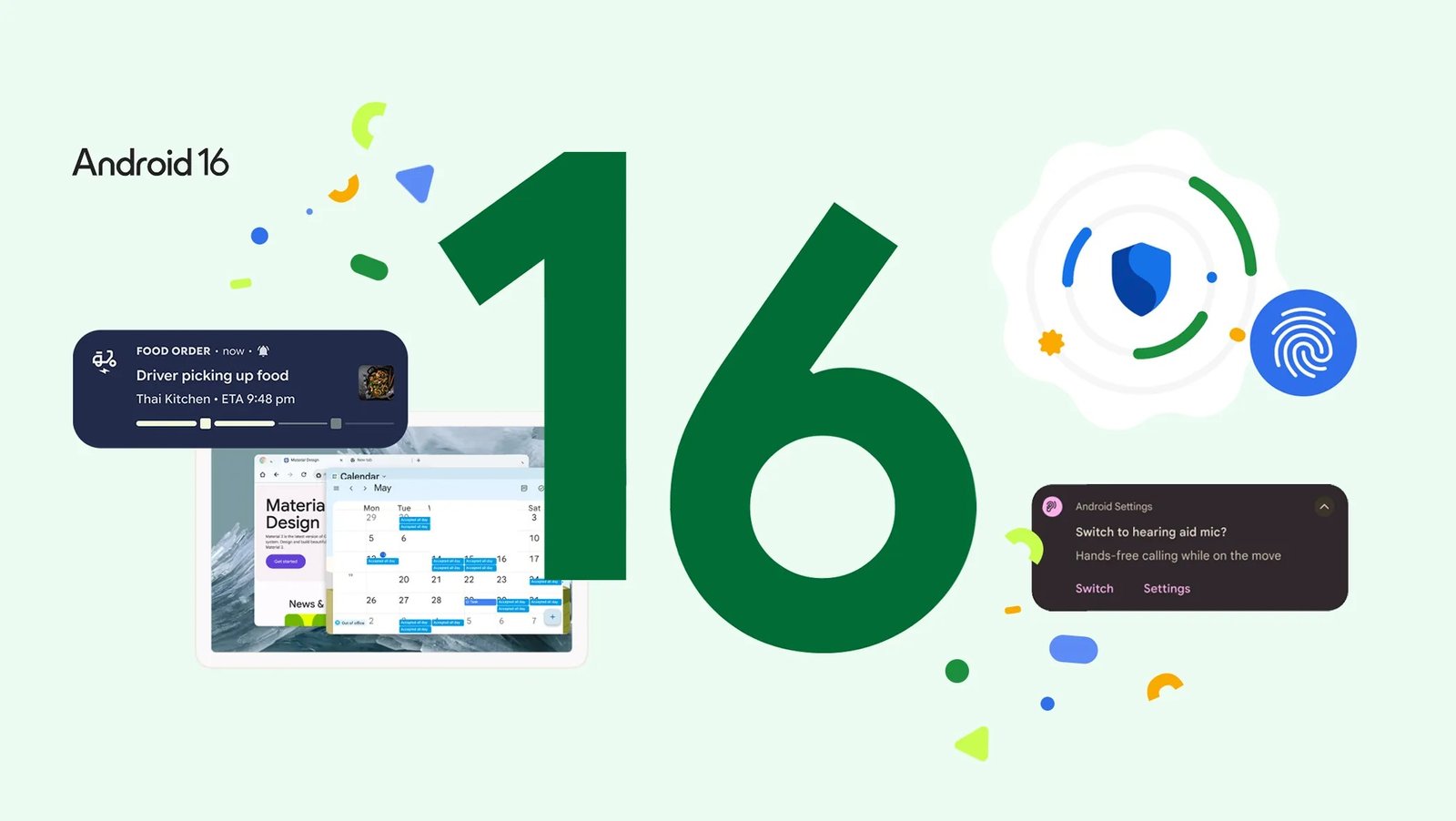Google just flipped the script on Android security updates, and it’s actually pretty smart. Instead of cramming every single vulnerability fix into monthly bulletins, the company is now using a “risk-based” approach that puts the most dangerous threats first. This means critical security flaws that are actively being exploited get patched immediately, while less urgent fixes are saved for bigger quarterly releases.
According to an exclusive Android Authority report, the shift explains some recent weirdness in Android’s update schedule. Remember when July 2025 had zero security patches? That wasn’t Google slacking off, it was the new system in action. No high-risk vulnerabilities meant no monthly bulletin. Then September dropped with a massive 119 fixes, proving the quarterly approach works as intended.
This risk-based system tackles a longtime Android problem. Phone manufacturers have always struggled with monthly security updates, especially for budget devices. By focusing monthly releases on truly dangerous threats, Google makes it easier for manufacturers to keep devices protected without overwhelming their update pipelines.
For most Android users, this change is positive. If you already get regular security updates, nothing really changes. Critical threats still get patched quickly. But if your phone typically receives updates less frequently, this system could mean more consistent protection since manufacturers can focus resources on the most important fixes first.
The quarterly releases (March, June, September, December) will be much larger, bundling all the moderate and low-risk fixes together. Think of it like triage, the bleeding gets stopped first, then everything else gets addressed in a comprehensive quarterly checkup.














